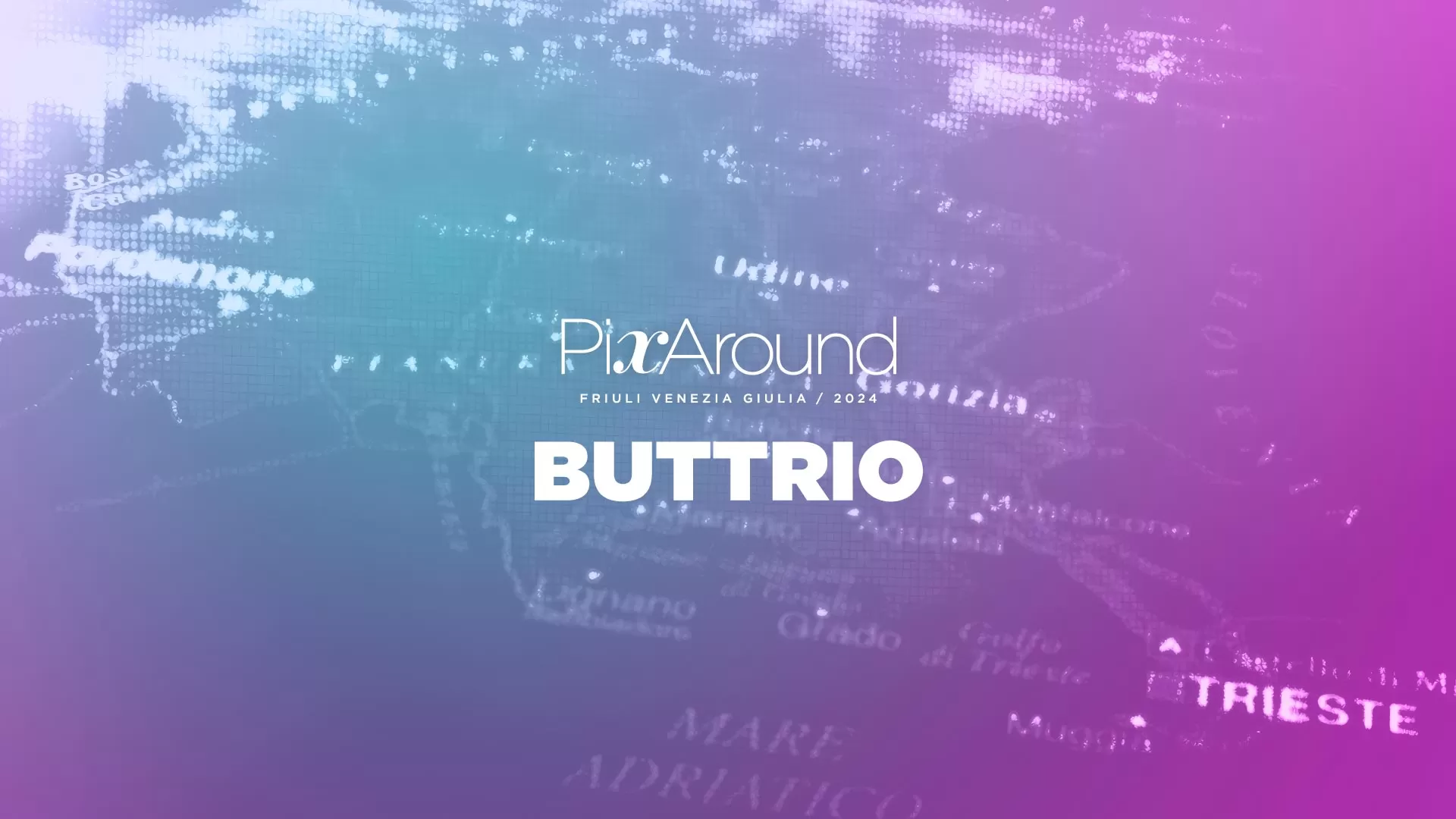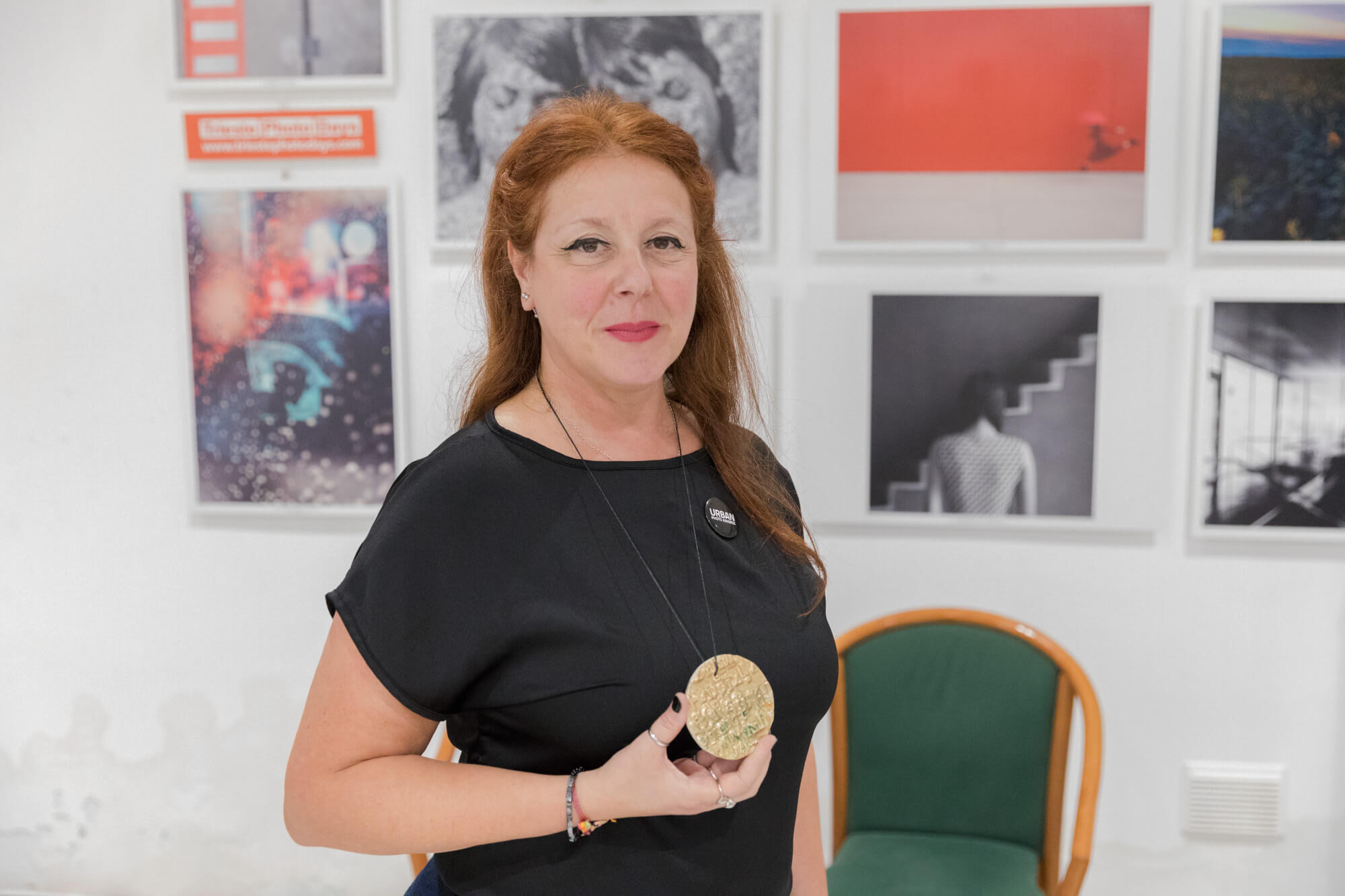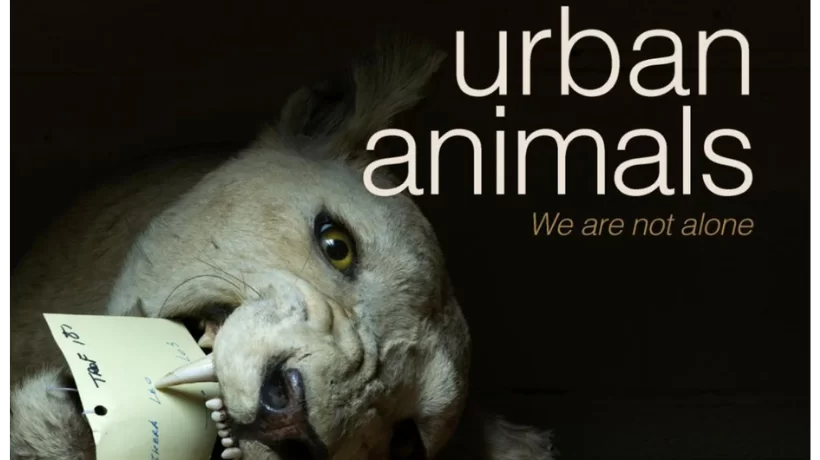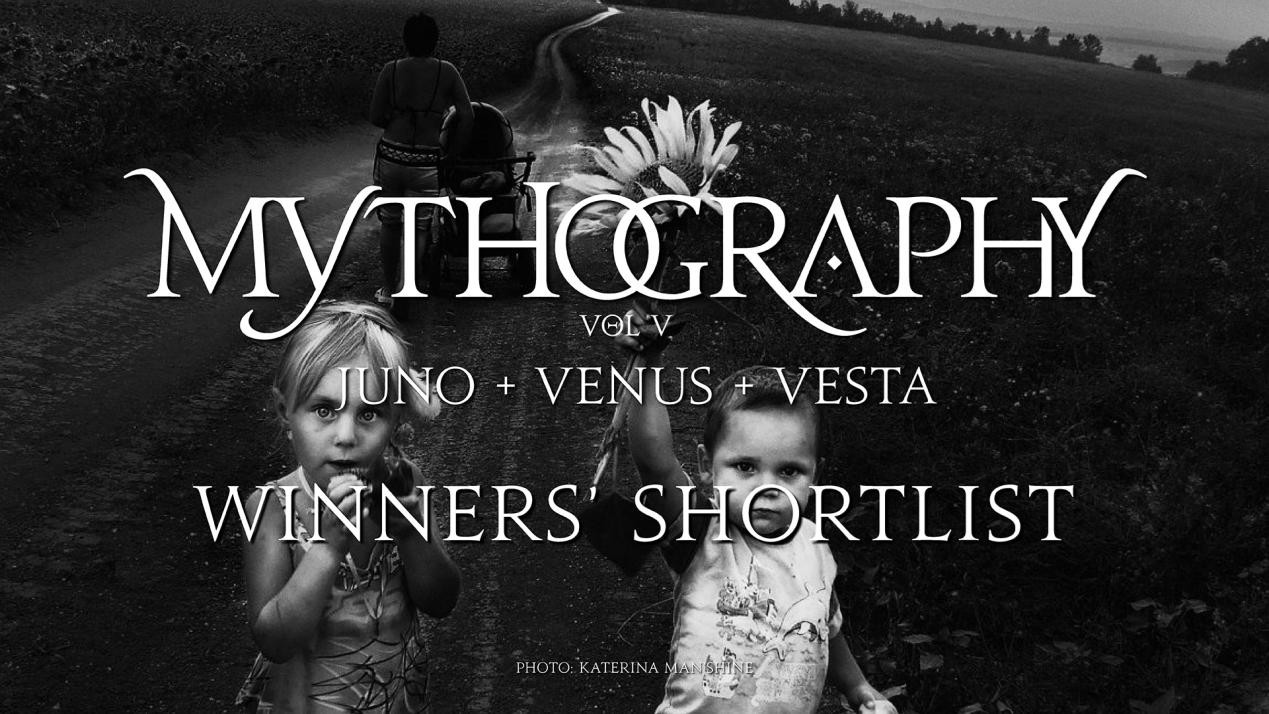
Saturday 9 March 2024. The 24HOURS are open to all. Interested photographers will be able to participate freely, equipped with their own photographic equipment and independent in their travels.
We will meet in Buttrio for the first photographic walk carried out as part of the PixAround FVG 2024.
The event is also part of the large multidisciplinary project diVine Insights – from the twentieth century to today in FVG which, through photography, celebrates the heritage and passion of a unique and fascinating territory: viticulture in Friuli Venezia Giulia from the twentieth century to today. diVine Insights will be a journey through the 20th century, which will allow us to discover how viticulture was a vital component in the life of these lands, shaping the landscape, culture and economy of the region.
The outing in Buttrio is organized in collaboration with the Municipality of Buttrio, Circolo Fotografico Sandanielese Ernesto Battigelli APS, Azienda Conte d’Attimis-Maniago.
Participation is free
SCHEDULE
Participating photographers will be free to explore other views independently and according to their own inspiration.
9:00 am – Buttrio, Villa Toppo-Florio Open in maps
Visit to the Museum of Wine Civilization of Friuli Venezia Giulia and to the park and Villa Toppo Florio. Accompanied by Councilor Tiziano Venturini we will follow a journey through the history of wine production and consumption, with over 3000 objects collected by Geremia Nonini.
We will then get to know the Villa through its history, from its eighteenth-century origins, to the German and American occupation during the Second World War, to the Friulian College of Mutilated Children, until 1998 when it became the Museum of the Civilization of Wine.
Finally, we will admire the beauty of the archaeo-botanical park surrounding the Villa, which hosts Roman archaeological finds from Aquileia and contemporary art installations.
Following – Free afternoon shooting
1:00 pm – 1:00 pm – Lunch at Cascina Lavaroni Ristoro Agrituristico (at a discounted price) – subject to availability, please confirm to [email protected]
2:30 pm – Conte d’Attimis-Maniago Winery Apri in maps
Led by Count Alberto d’Attimis-Maniago Marchiò we will take a journey through the history of viticulture and his company, from the 1900s to today:
ADDITIONAL NOTES: Comfortable sports clothing is required
diVine Insights – from the twentieth century to today in FVG is created with the support of the Friuli Venezia Giulia Region – Io Sono Friuli Venezia Giulia and the partnerships with the Municipality of Buttrio, the Municipality of Sagrado, the Museum of the Civilization of Wine of Friuli Venezia Giulia, the Amici di Castelnuovo Association, Cultural Association Fotoclub Lucinico, Sandaniele Photo Club, Ernesto Battigelli Photo Club, Friuli Venezia Giulia Airport plc.
The collaboration with: Conte d’Attimis-Maniago Winery, Wine City Association, Cultural Consortium of Monfalconese CBVG, Reclamation Consortium of Venezia Giulia.
Scatti diVini dal Novecento ad oggi in FVG also makes use of the consultancy of Stefano Cosma, food and wine journalist, author of books on the history of wines (Tocai, Vitovska, Collio and others), organizer of the Grand Prize Noè dedicated to wine in the Municipality of Gradisca d’Isonzo; Franco Bochicchio, former full professor of Didactics and Special Pedagogy – Department of Educational Sciences of the University of Genoa, president of the Inter-university Consortium on training – University of Turin, author of the book “Food and wine tourism, taste and subjective well-being” for “Il gusto as an educational experience”.
Following a precise curatorship, Exhibit Around APS will select the Best Photographers of the 24H Photography.
Learn more
The Museo della Civiltà del Vino di Buttrio, unique in its kind, offers an exhibition itinerary on the three floors of the west wing of Villa Florio in Buttrio where there are over 3500 pieces, including objects and documents, belonging to the great heritage donated by Geremia Nonini. We start from the history of vine cultivation and wine production since its origins to continue with a space dedicated to the characteristics of the wine, the care of the vineyard, the production of the wine and its conservation up to its distribution on the market; tools, utensils and work instruments are visible along the route of the various rooms.
The Villa di Toppo-Florio di Buttrio can be described as an elegant Venetian villa from the early eighteenth century and a bit like a rural manor house from the seventeenth century, surrounded by appurtenances and overlooking an extraordinary archaeo-botanical park. The villa was built on pre-existing rural buildings and underwent continuous expansions and modifications over the decades, until it took on more or less the shape we find today. During the Second World War the villa was occupied first by the Germans and then by American troops. At the end of the conflict the property was sold to the ONIG (National Opera for the War Invalids), which transformed it into the Friulian College for Mutilated Children.
The parco di Villa di Toppo-Florio is the only remaining archaeo-botanical park dating back to 1700 in northern Italy, created by the great Milanese architect Giuseppe Rho. Inside you can find: Roman archaeological finds coming from Aquileia, some of these in the form of caprices, which can also be found on the external walls of the villa and also in a special Lapidarium; contemporary art installations such as “APIS”, by Daniela Capaccioli, made up of giant bees flying over the park of Villa di Toppo-Florio, “Les secretes en equilibre”, by Christian Lapie, gigantic works born precisely from the transformation of the tree, Naturografie, by Roberto Ghezzi from 2022 in which the artist lets nature operate over time on canvases installed in the chosen places according to their aesthetic, physical, chemical and biological characteristics.
Conte d’Attimis-Maniago Winery. The Conte d’Attimis-Maniago company is in Buttrio, in the DOC Friuli Colli Orientali area, a hilly environment with a strong viticultural vocation in which the vineyard has always been the main element of the landscape. On these splendid slopes, framed by large wooded areas, the 110 hectares extend almost entirely under vineyards in a single corporate body. It was February 15, 1585 when, following a marriage, the company that today bears their name arrived as a dowry to the counts of Attimis-Maniago. No other winemaking property of similar size has remained in the hands of the same family for so long in the entire region. To date, the d’Attimis-Maniago family boasts 18 generations of winemakers. This is attested by the memories, kept in the family archive, which record production data (since 1510), land development and vineyard renewal works (1615), sale of bottles of Picolit (1765) and so on, up to our days. Today the company has obtained, first in Friuli Venezia Giulia, the recognition of “Historical Company”. The d’Attimis-Maniago family has always continued the search for the highest quality in the viticultural and oenological fields, which is expressed in the ever-increasing weight of native varieties among the bottles produced each year.


